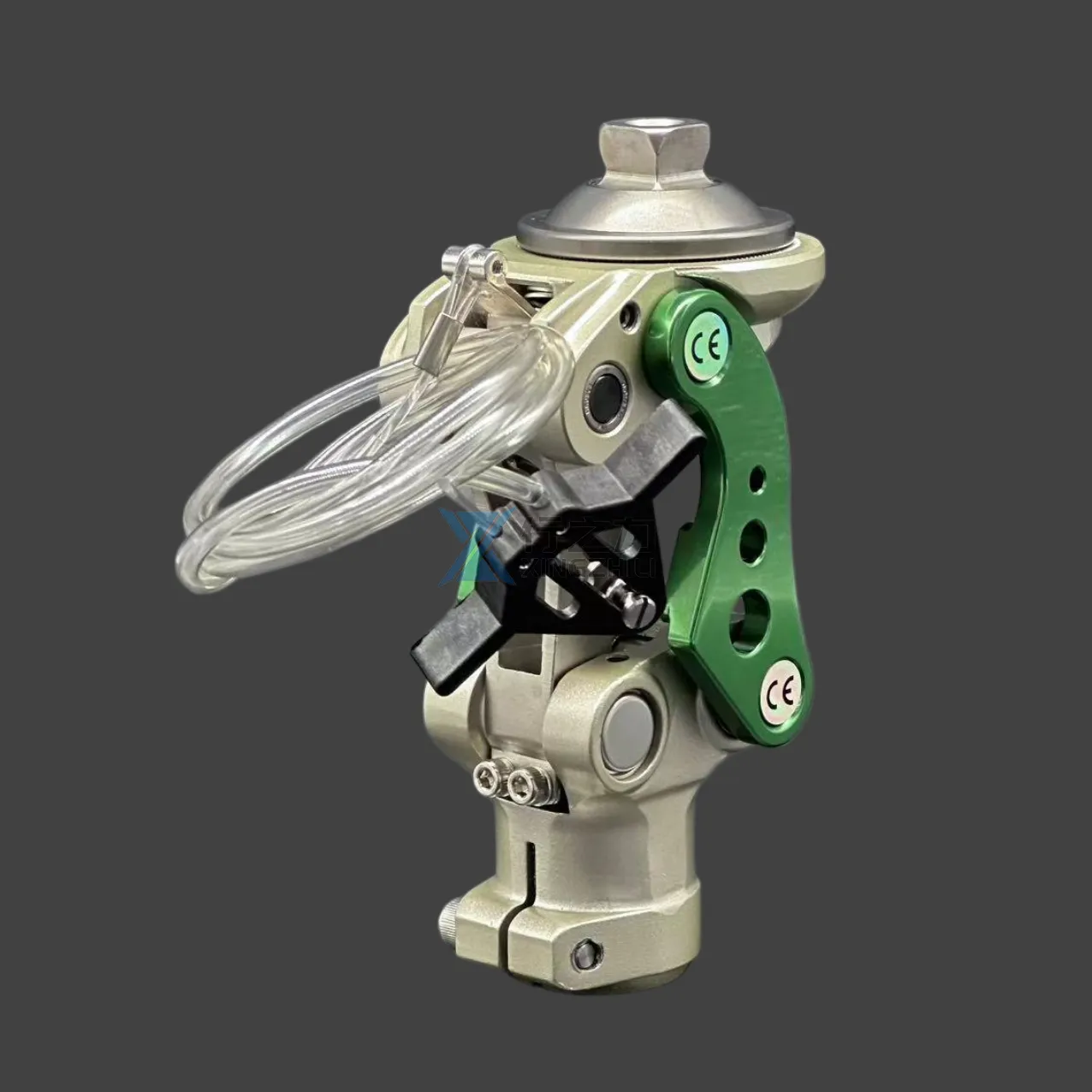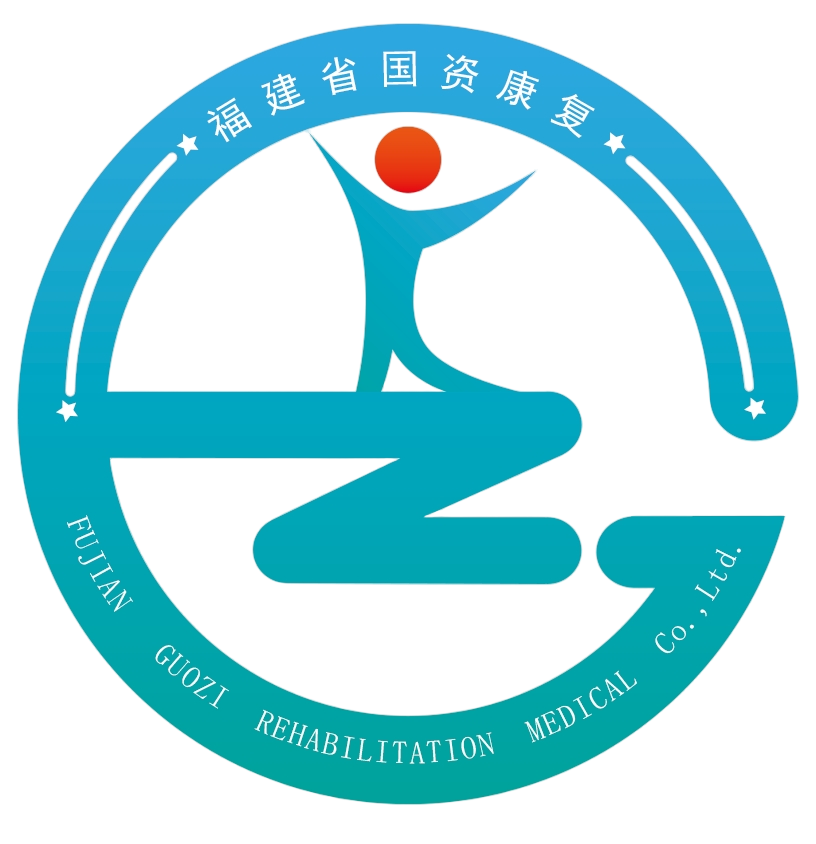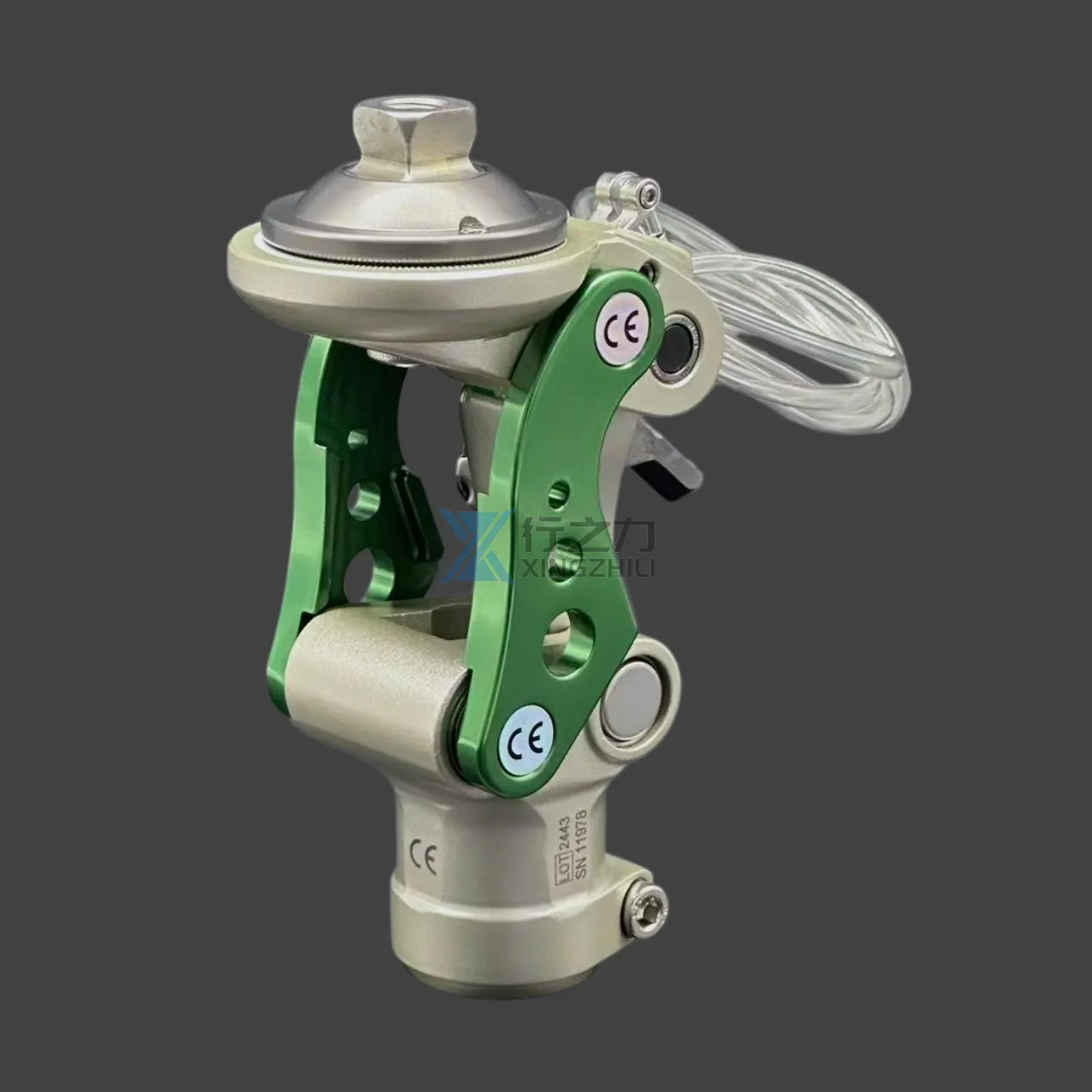Understanding the Journey of Lower Limb Amputation Recovery
The path to recovery after a lower limb amputation represents one of the most significant physical and emotional challenges a person can face. Lower limb amputation support encompasses far more than just medical care - it's a comprehensive system of physical, emotional, and social assistance that proves absolutely essential for successful rehabilitation and long-term adaptation. When patients receive proper support through their journey, they experience dramatically better outcomes in terms of mobility, independence, and overall quality of life.
The impact of losing a lower limb extends into every aspect of daily living, from basic movements to complex activities. That's why a robust support system becomes the cornerstone of recovery, helping patients navigate everything from the initial surgery through rehabilitation and eventually returning to their desired lifestyle. Modern approaches to lower limb amputation support integrate cutting-edge prosthetic technology with comprehensive rehabilitation programs and psychological care.
The Multifaceted Nature of Amputation Recovery
Physical Rehabilitation and Therapeutic Support
The physical aspects of lower limb amputation support begin immediately after surgery. Expert physiotherapists work closely with patients to prevent muscle atrophy, maintain joint flexibility, and begin the crucial process of gait training. This early intervention proves vital for optimal healing and preparing the residual limb for prosthetic fitting.
A carefully structured rehabilitation program typically includes specialized exercises to strengthen core muscles, improve balance, and develop new movement patterns. Through consistent lower limb amputation support services, patients learn to master essential skills like transferring between surfaces, managing stairs, and eventually walking with their prosthetic device.
Psychological and Emotional Support Systems
The emotional impact of limb loss cannot be understated, making psychological support an integral component of recovery. Mental health professionals specializing in amputation recovery help patients process grief, anxiety, and body image concerns. Support groups and peer counseling programs connect patients with others who have successfully navigated similar challenges.
Research consistently shows that patients who receive comprehensive emotional support as part of their lower limb amputation support program demonstrate better adherence to rehabilitation protocols and report higher satisfaction with their recovery progress. This emotional resilience often translates into improved physical outcomes.
Advanced Prosthetic Solutions and Technical Support
Modern Prosthetic Technology
Today's prosthetic solutions represent remarkable advances in biomedical engineering. From microprocessor-controlled knees to energy-storing feet, modern devices offer unprecedented levels of functionality. Professional lower limb amputation support teams work to match patients with the most appropriate prosthetic solutions for their lifestyle and activity goals.
The process of prosthetic fitting requires extensive expertise and patience. Prosthetists carefully evaluate factors like residual limb length, tissue condition, and patient activity levels to create custom solutions. Regular adjustments and modifications ensure optimal fit and function as the residual limb changes over time.
Ongoing Technical Maintenance and Adaptation
Successful prosthetic use requires consistent technical support and maintenance. Regular check-ups with prosthetists allow for necessary adjustments and updates to prosthetic components. This aspect of lower limb amputation support ensures that devices continue to perform optimally and adapt to changing patient needs.
As patients progress in their recovery, their prosthetic requirements often evolve. Technical support teams help patients transition between different types of devices and components, ensuring continuous improvement in mobility and function.

Community Integration and Lifestyle Adaptation
Social Support Networks
Community integration forms a crucial part of comprehensive lower limb amputation support. Social workers and occupational therapists help patients navigate workplace returns, home modifications, and community participation. These professionals assist in identifying and accessing available resources and support services.
Many rehabilitation centers organize community activities and sports programs specifically designed for amputees. These initiatives provide opportunities for social connection while building confidence in prosthetic use through practical, real-world activities.
Daily Living Skills and Independence
Occupational therapists within the lower limb amputation support team focus on helping patients master activities of daily living. This includes everything from personal care to household management and recreational activities. Adaptive techniques and specialized equipment enable patients to maintain independence and participate fully in their chosen lifestyle.
Support extends to family members and caregivers, providing education and training to create an effective home support system. This comprehensive approach ensures patients have the resources and assistance needed for long-term success.
Frequently Asked Questions
How long does the initial recovery period typically last after lower limb amputation?
The initial recovery period typically spans 4-6 weeks for basic wound healing, but comprehensive rehabilitation including prosthetic fitting and gait training usually extends 3-6 months. However, each patient's journey is unique, and recovery timelines can vary significantly based on individual factors and the level of amputation.
What role does physical therapy play in lower limb amputation recovery?
Physical therapy is fundamental to recovery, beginning with immediate post-surgical care and continuing through prosthetic training. Therapists work on wound healing, pain management, strength training, balance, and ultimately teaching patients to walk with their prosthetic device. Regular therapy sessions remain important even after initial recovery to maintain and improve function.
When can patients expect to return to normal activities after amputation?
Return to normal activities varies widely among individuals, but with proper lower limb amputation support, many patients begin basic activities within 3-4 months after surgery. Full return to more demanding activities, including sports or physical work, may take 6-12 months or longer, depending on the patient's goals and commitment to rehabilitation.




